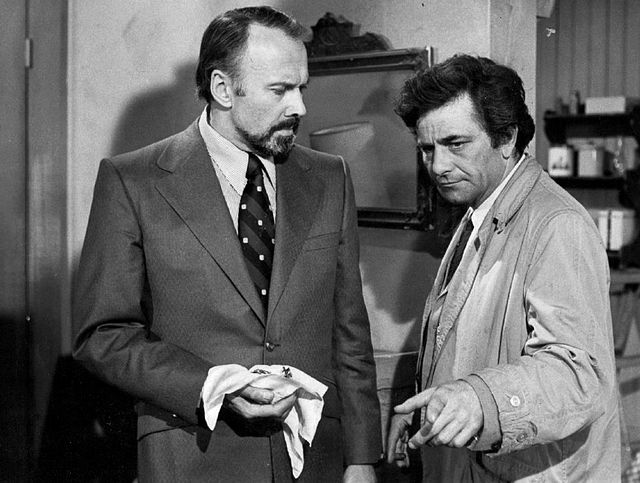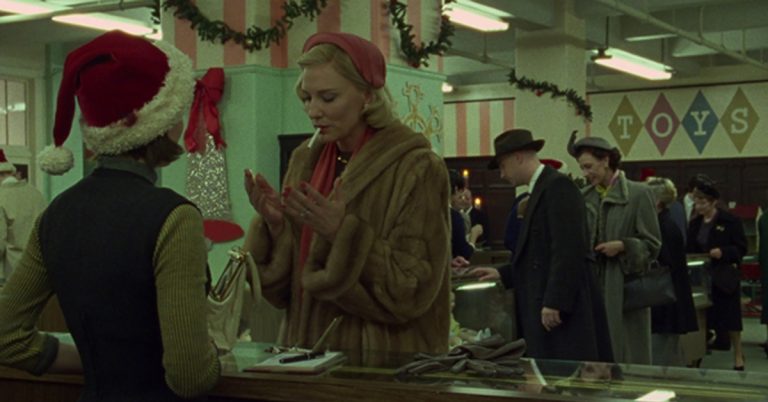
by David Martin-Jones
In a previous post, David Martin-Jones, author of Columbo: Paying Attention 24/7, explored the recent and enduring popularity of the cult detective show, fifty years after the first episode aired. In this follow-up, David discusses two videoessays that build upon the themes of his new book.
These projects sought to use the specific medium of the videoessay to develop upon some of the book’s findings in a new and different manner. They drew on the unique possibilities of the audiovisual form to express and develop points in ways which are distinct from what can be achieved in writing. This is noted at the start and finish of Columbo: Lessons in Looking, with the recurrence of the phrase “you see the pen itself was worthless”. Whilst I do not believe this literally, nevertheless the phrase resonated with my aims in making the videoessays.
The two videoessays are characterised by their exploration of Columbo using brevity (On the Case 24/7), on the one hand, and lengthier tempos on the other (Lessons in Looking).
Columbo: On the Case 24/7
This is a short, lighthearted exploration of at how Columbo anticipated the rigours of 24/7 attentive labour in the 21st Century.
The audiovisual medium enables a brevity to the argument which can capture in a moment what took place over many years in the television show (and which requires many sentences, paragraphs, or pages to discuss in written form).
For example, the early four-way split screen effect indicates extremely succinctly the repetitiveness of Columbo’s exhausting 24/7 work, using the rhythms created in the editing loops in each individual clip, as well as in the interplay between the different images all looping together at once.
Similarly repetitious, Columbo’s repeated watching and rewatching of recorded footage of the past which he has to scrutinise for the minutest details (“freeze”, “freeze that … freeze this”) also condenses together the importance of Columbo’s attention to screens across the show’s lifetime.
The final four-way split screen, for its part, encapsulates visually the ambiguity between the pleasures of reading, and its essential and tiring role in facilitating the learning which Columbo requires in order to keep pace with his work.
Both screens and books, then, indicate the importance of attention, and knowledge, for a productive, if exhausting, life as an attentive labourer under 24/7 capitalism. The videoessay makes this apparent through its ability to juxtapose, play in tandem, or cut together in quick succession, otherwise historically diverse moments in the life of the show.
Columbo: Lessons in Looking
This extended videoessay takes looking in Columbo as its theme, and what this reveals about the show’s exploration of life under 24/7 capitalism.
In this companion piece to Columbo: On the Case 24/7, the audiovisual medium enables an examination of what we may be experiencing temporarily when viewing Columbo. To illuminate this, the videoessay plays with different tempos to provide a foregrounded experience of the time which the show gives over to watching Columbo looking.
Most apparent are the clips demonstrating how much screen time is dedicated to the act of looking. Replaying them together, the videoessay aims to give a visceral experience of this time. Granted this is not the same visceral experience as, say, an artistic work of “slow cinema”. The aim, rather, is to cause a pause to consider just how much time is taken up in this manner in a primetime television show. This is emphasised through the use of sound loops, fast-forward, and the addition of subtitles, as audiovisual means of foregrounding the lengthiness of the screen time which looking receives in Columbo.
Taking this further, the videoessay even creates a slowing down of time, to enable us to see what may otherwise pass us by when viewing at normal speed – such as the presence of absence of a flower which the show will later pointedly draw our attention to using zooms.
Such, as it were, “added time”, is also explored through the addition of subliminal cuts. This device is an unproven phenomenon, a fact which the videoessay playfully foregrounds to provoke further thinking regarding what role it plays in a particular episode of a show about an L.A.P.D. detective.
About the Author

Professor David Martin-Jones works in Film and Television Studies, University of Glasgow. He is the author/editor of 9 books. His research explores the links between film and television and contemporary society, including such topics as time, identity, ethics, ecology, and attention. Columbo: Paying Attention 24/7 is available now.





